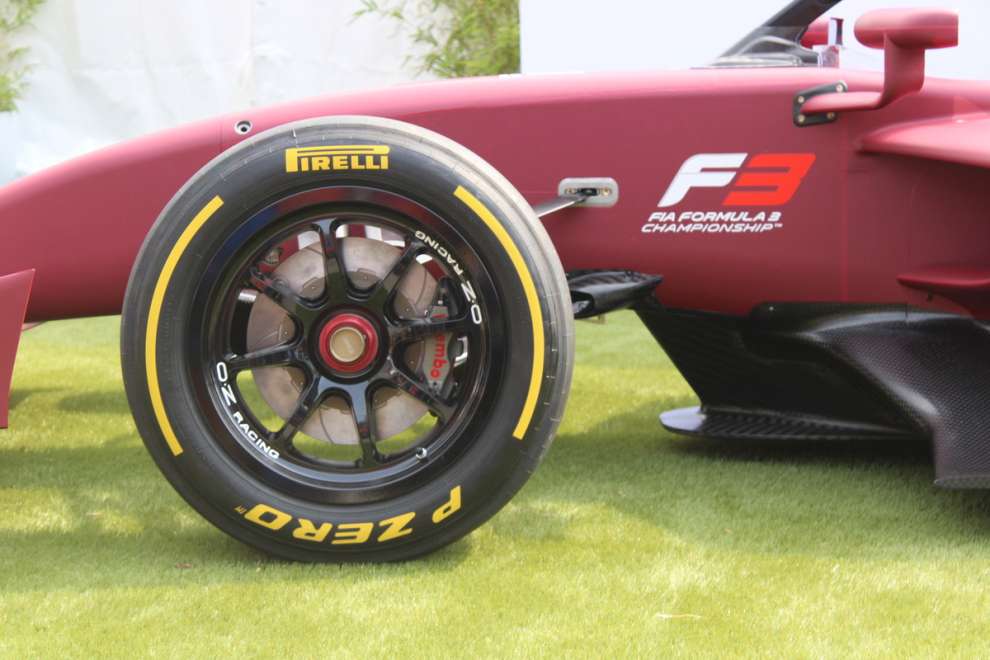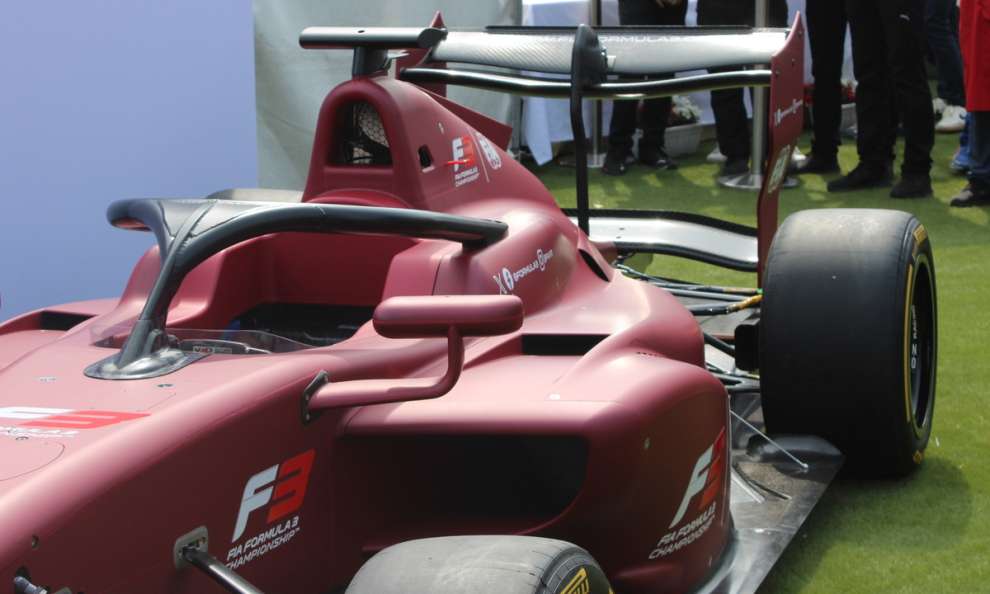By Carlo Platella
The veils are lifted on the new Formula 3 in Monza, exactly one year after the presentation of the new Formula 2. This completes thethe renewal of the entire formula pyramidembracing the new guidelines drawn up by FIA and Formula 1. Above all, safety, inclusiveness and the pursuit of spectacle through aerodynamic simplification stand out, the success or failure of which will be verifiable next year.
The skeleton
The next generation of Formula 3 will also continue to employ the Dallara frames, with improvements made on the safety front, including the strengthening of the impact structures. As with the new Formula 2, the Federation has paid particular attention to the ergonomics of the cockpit to accommodate drivers of all heights. Another objective was reduce the physical effort required on the steering wheel without compromising the feeling transmitted to the driver, thus facilitating the competitiveness of less athletically capable drivers, including the new female generation, without requiring any compromise on the set-up. In this regard, the suspensions adopt the strut design on both axles.
“We have introduced two new aspects”summarizes Bruno Michel, CEO of Formula 2 and Formula 3. “One concerns inclusiveness and ergonomicsto make sure that any driver, of any size and physical strength, can drive this car. The other aspect is sustainabilitythanks to Aramco and Dallara with whom we worked hard to ensure this car was as sustainable as possible.”

As for the engine, the single-seaters will be fitted with the 6 cylinder Mecachrome naturally aspirated 3.4-liter for 380 horsepower. The same engines will be powered by new fuels developed in collaboration with Aramco, classified as 100% environmentally sustainable according to FIA standards. Another novelty is the tires, with the new 16-inch Pirellis replacing the previous 14 inches, presented by Mario Isola: “What I want to underline is that we applied the same design process that we use for Formula 1 tyres, obviously following the objectives defined by the FIA and the promoter to have good action on the track, promoting the show”.

A spectacle to be preserved
The Federation extends to the lower categories the work carried out for some years in Formula 1, acting on aerodynamics to reduce load loss for the chasing single-seater and thus favoring close battles. The new Formula 3 is no exception, with its new aerodynamics designed to narrow the turbulent wake. The rear wing is striking, very different from the one proposed on the new Formula 2, whose traditional setup was found to be better in terms of compromise between ease of adjustment and cleanliness of the wake.


Tatiana Calderon has been responsible for much of the on-track development work, which began with the shakedown at Varano. The delivery of the first car to the teams is scheduled for December.and, while the other cars will be delivered in the first weeks of 2025, shortly before the first tests. The Federation does not commit itself on how much the new car will impact the hierarchies on the track, foreseeing however a physiological period of adaptation.
#Formula #safety #entertainment #inclusiveness